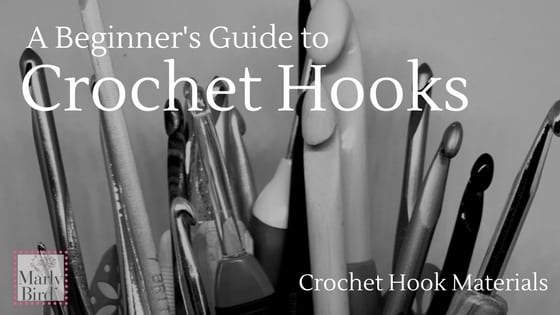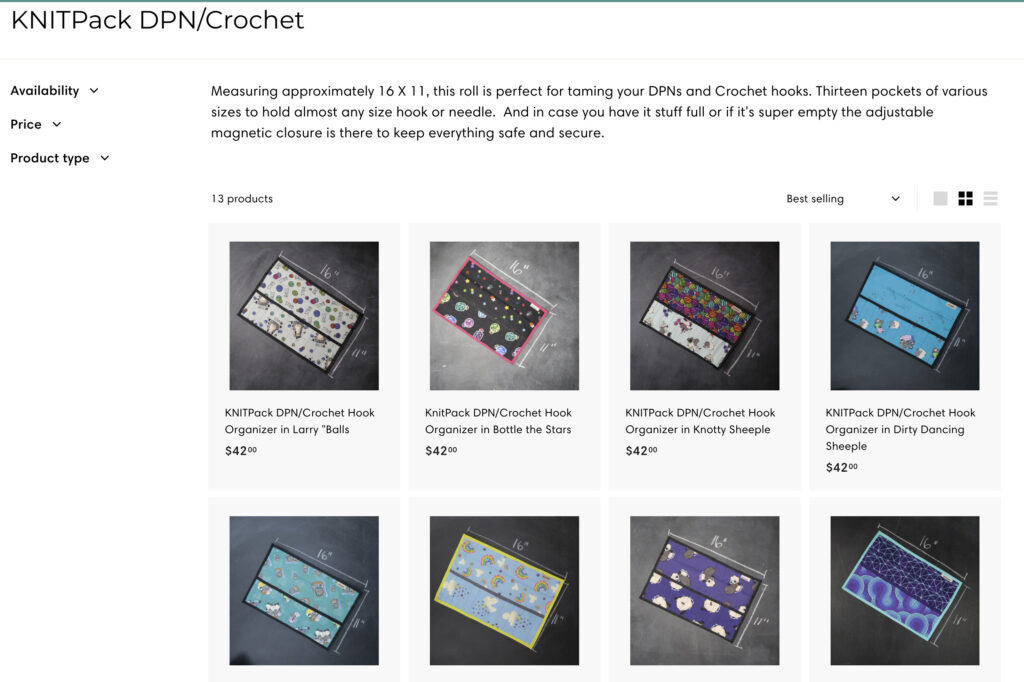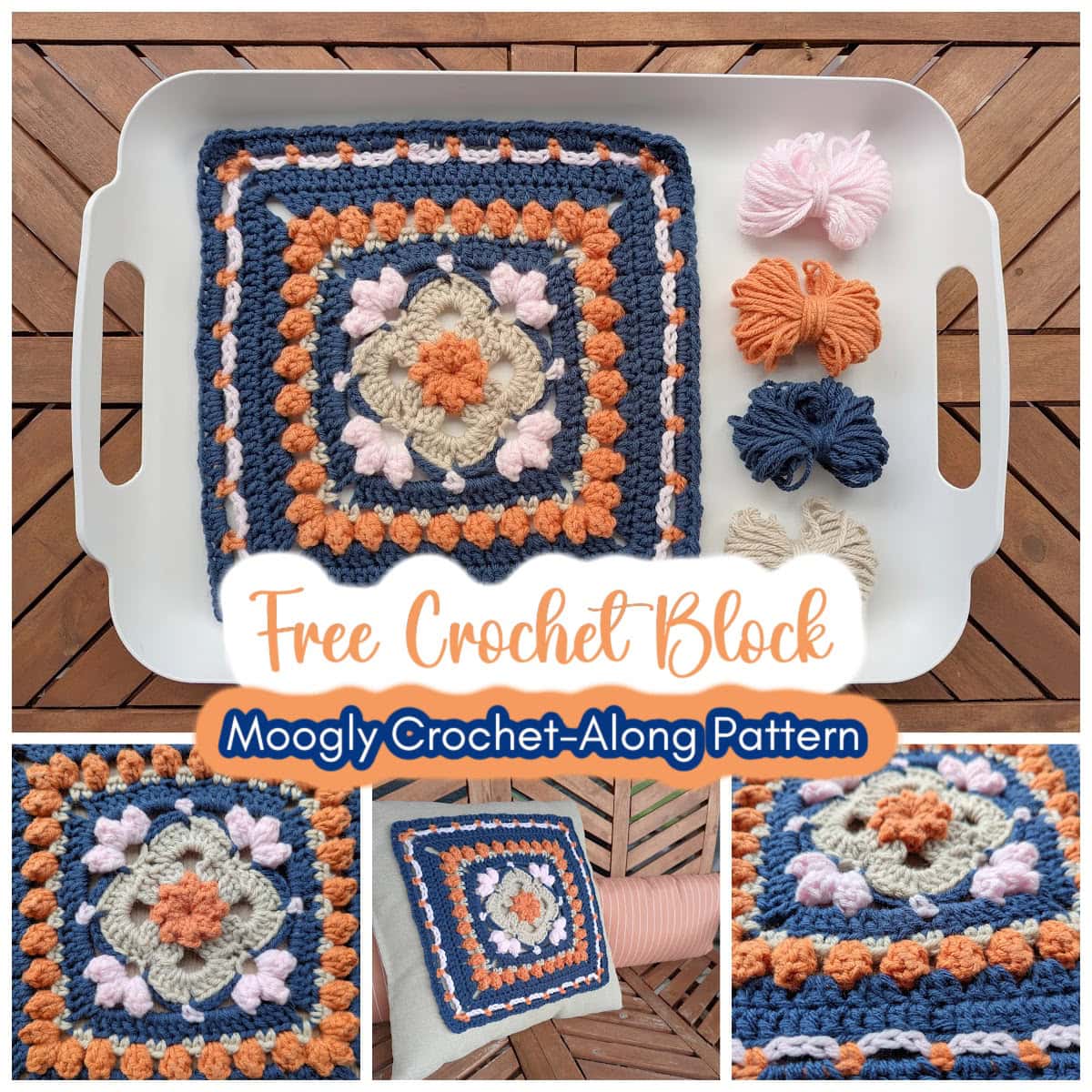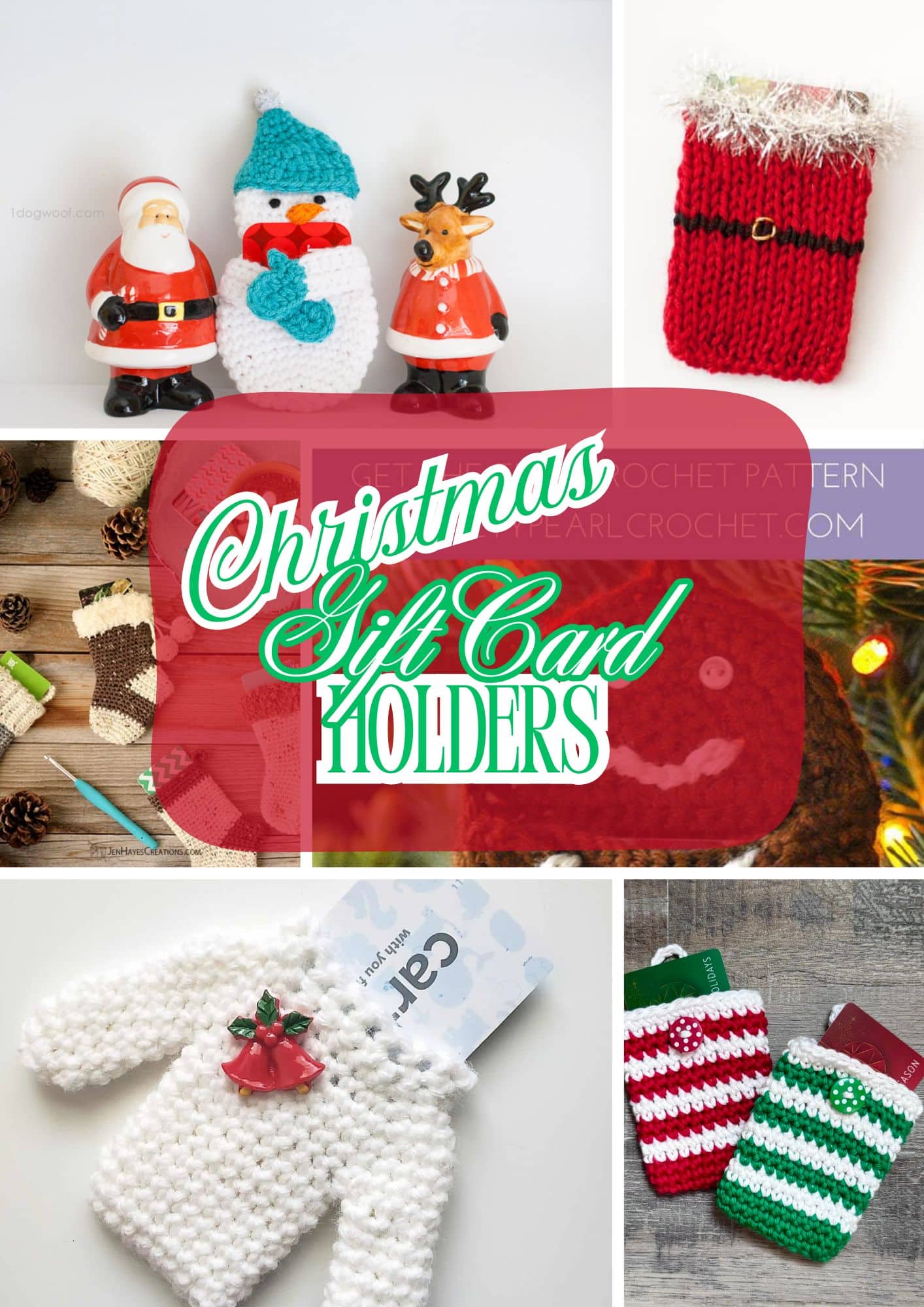A Beginners Guide to Crochet Hooks: Crochet Hook Materials
This post is not just for beginners but we break it down to give all the information that a beginner would need to purchase their first crochet hooks. As with any new craft there is a host of materials that you need to get to work. Luckily for us, crochet only requires a hook, yarn and a pattern. With so many choices for each of these on the market I wanted to make sure that beginners new what they could choose from and understand the differences. In this post I will walk through crochet hook materials.
*This post contains affiliate links. By clicking one of these links and making a purchase a small portion will go to the blog. The price that you pay does not change and the small commission I make helps me to bring you more free content like what you will find in this post. Thank you for your continued support.*
Before you Pick your First Hook
If you missed the first post in this series we talked about the terminology of crochet hooks. We walked through the anatomy of a hook, the types of hold of a hook, and hook types. Starting at the beginning isn’t always fun but it is important that you understand what supplies you are using and to understand why some cost more money. It is always your choice on what you want to us, but being educated is helpful when making that choice.
Crochet Hook Materials
The most common hook materials are aluminum (Susan Bates and Boye hooks), plastic/acrylic, and wood. Once you start looking at the higher end hooks you will find materials like bone, ivory and more.
Crochet Hook Materials – Aluminum
Let’s start by looking a aluminum hooks. When you go to your local big box store you will find Susan Bates and Boye hooks that are aluminum. This is the most common starter hook for most crocheters. The price point for these hooks is on the lower side so it makes the investment in a set of hooks easier to justify. Although these are a great beginner hook we need to consider a few things.
Aluminum hooks, or metal hooks, tend to be more slippery when working with your yarn. This will be one of the considerations when selecting the type of hook that you want to purchase. What this means for you is that the yarn should slide off the hook faster than some of the other material. Aluminum might be a good choice when you want to work quickly or if you have a yarn that has a lot of texture to it that would stitch to another material.
Crochet Hook Materials – Aluminum Brands
- Susan Bates
- Boye
- Clover Armour
- Clover Soft Touch
- Addi Swing
- Furls Oddssey
- Susan Bates Silvalume Soft
- Susan Bates Silvalume Lightweight
- ChiaoGoo
Crochet Hook Materials – Wood
Wood hooks, also a common option at big box stores, have more drag to them. Since wood is more porous than aluminum it will grip the yarn a little more. You will notice this more with natural fibers. If you find that you are working too fast and the stitches are falling off your hook or you are not able to control the size of the stitch well, try changing to a wood hook. On the reverse if you find that you are super slow and the stitches are sticking as you work with a wood hook, try changing to another material.
Crochet Hook Materials – Wood Brands
- Clover Bamboo Premium
- Furls Alpha Series
- Addi Bamboo
- Brittani Crochet Hooks
- Hiya Hiya Nirvana Ebony
- ChiaoGoo Bamboo
Crochet Hook Materials – Plastic/Acrylic
Plastic hooks are also very common to find. These also are a fast moving hook. I would classify these between the aluminum and the wood. Although that is my classification for them it will depend on the yarn that you are using and your own personal way of working the stitches.
Crochet Hook Materials – Plastic/Acrylic Brands
Why you should have more than one crochet hook?
I have talked about swatching more than once before and the importance of it for your finished project. There are time when people think that they don’t need to do a swatch, if the size doesn’t matter as much, but it is always important. Doing a swatch allows you to see what the stitch pattern will look like in the finished project. One of the things to consider is how does your gauge and the look of the stitch change when you use a different material.
Although I have a go to hook choice I do have a wide range of materials in my hook case. It is important to me to have options so that I can change to get the right gauge and look that I want. It may seem trivial but just by changing the material can change the gauge of your project just enough to get you where you need to be.
Remember-you don’t need to purchase every hook right out of the gate. Start with the hook that you need for your project, typically the H and I sized hook are the most common for worsted weight yarn. From there work on trying different materials to see what you like. This really is a process of trial and error to see what suits you best and your style of crocheting. Don’t be afraid to try something different until you get the results that you want.
Taking Care of Your Crochet Hooks – All Materials
Crochet hooks are an essential tool for any crochet enthusiast, and taking good care of them will ensure they last a long time and remain in good condition. Here are some tips for caring for your crochet hooks:
- Clean them regularly: Over time, dust and fibers can accumulate on your hooks, which can affect their performance. To prevent this, clean them regularly with a soft cloth or a small brush.
- Store them properly: Storing your hooks properly is essential to protect them from damage. You can store them in a case or a box, which will keep them organized and protected. Make sure the case or box is not too tight, as this can cause the hooks to bend or break.
- Use an oil to maintain wooden hooks: If you have wooden hooks, it’s a good idea to use an oil to maintain their quality. This will prevent the wood from drying out and cracking. Simply apply a small amount of oil to the hook, and wipe off any excess with a soft cloth.
- Don’t expose them to extreme heat or cold: Crochet hooks should be kept at room temperature, and should not be exposed to extreme heat or cold. This can cause the hooks to warp or become brittle, which can affect their performance.
- Be gentle with them: When using your hooks, try to be gentle with them. Don’t apply too much pressure, or use them to pry open stitches. This can cause them to bend or break.
- Consider getting a hook grip: If you crochet for long periods of time, a hook grip can help reduce strain on your hands and fingers. This will also help protect your hooks from wear and tear.
In terms of storing your crochet hooks, there are many options to choose from. You can use a simple pencil case, a dedicated hook case, or even a small makeup bag. Some crafters prefer to store their hooks in a jar or a vase on their desk, which can also look decorative. Whatever method you choose, make sure your hooks are protected and organized, so you can easily find the one you need for your next project.
We love Erin Lane Bags for all things organizing our hooks (needles and yarn).













I love using my Susan Bates and the crystalites I also use boye ergos on amiguri and havent decided what all I want to store them in at my studio.